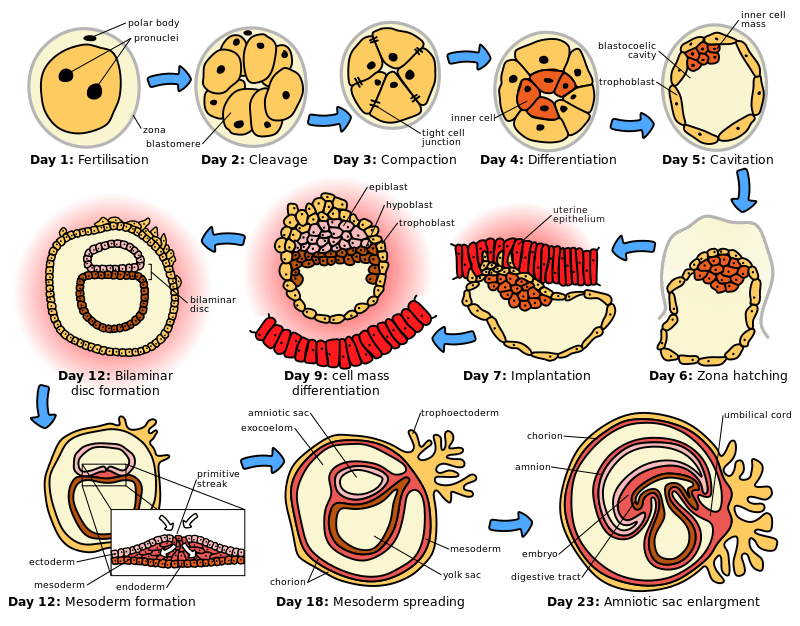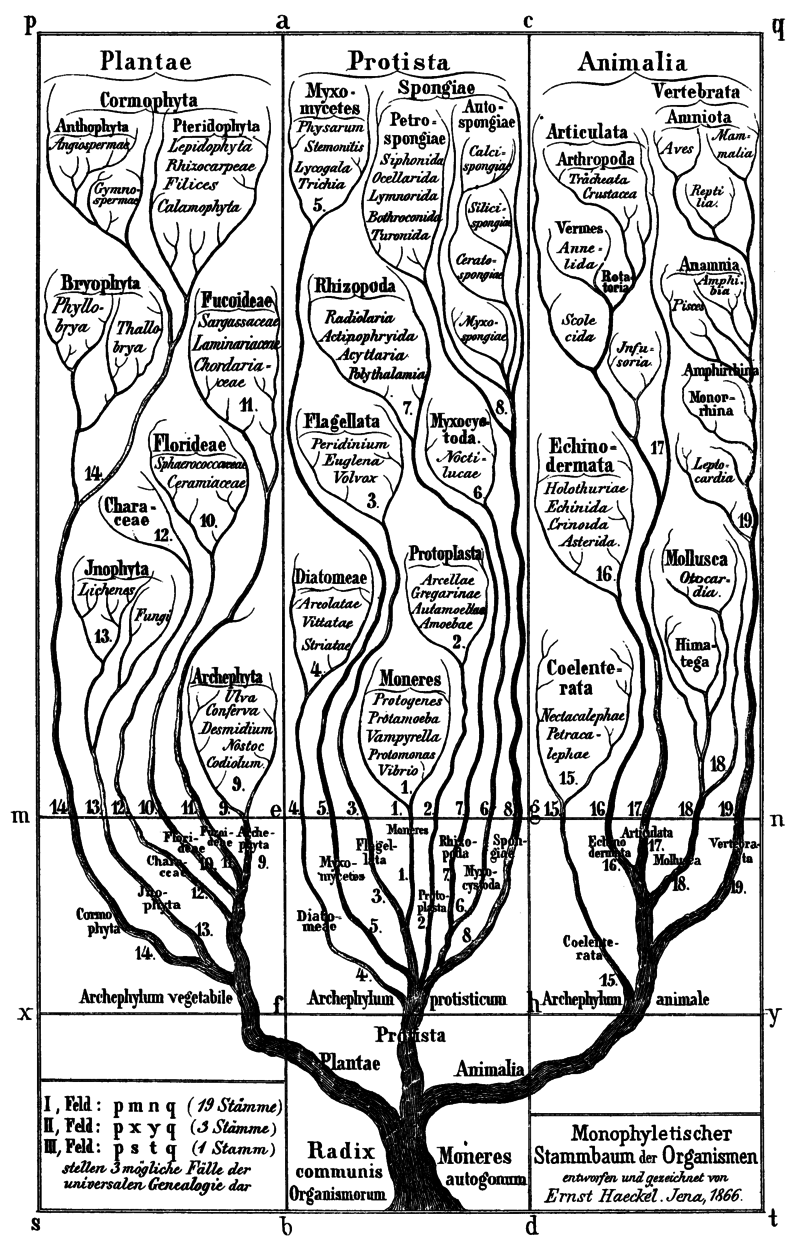Difference Between Ontogeny and Phylogeny
Key Difference – Ontogeny vs Phylogeny
Ontogeny is a field of study that focuses on the aspect of the development of living organisms while phylogeny is a field of study that focuses on the study of the history of the evolution of a particular species. This is the key difference between ontogeny and phylogeny.
In the context of modern biology, scientists developed different methodologies for the investigation of different aspects of living organisms. These methodologies are based on the studies that are used to identify particular characteristics of living organisms. Ontogeny and Phylogeny are two such fields of study. They are particular for living organisms and work on the different platform from each other. Both are important in order to identify different characteristics of living organisms.
CONTENTS
1. Overview and Key Difference
2. What is Ontogeny
3. What is Phylogeny
4. Similarities Between Ontogeny and Phylogeny
5. Side by Side Comparison – Ontogeny vs Phylogeny in Tabular Form
6. Summary
What is Ontogeny?
Ontogeny is defined as different development events that take place during the existence of a particular organism. This development pattern analyzing procedure begins from the fertilization stage where the zygote is developed and up to the level where the maturation of the organism is completed.
The development events that take place during this particular time period include birth or hatching, growth, tissue development, body remodelling, development of organs and secondary sexual characteristics, etc. Even though the term ontogeny is described as the study of the development pattern of organisms throughout its lifespan but occurs only for the above-mentioned timeline.

Figure 01: Ontogeny
Ontogeny is the developmental history of an organism with respect to its own lifespan, and it differs from phylogeny in which phylogeny focuses mainly the evolutionary history of the organisms. Ontogeny is used in many different avenues of biology including developmental biology, development of cognitive neuroscience, developmental psychology and psychobiology. It is also used as a concept in anthropology.
What is Phylogeny?
Phylogeny is defined as the history of the evolution of a particular organism or a group of organisms of the same species with respect to the broad groups of organisms in the context of lines of descent and relationships. The relationships are discovered through phylogenetic inference method. Through this method, observable and heritable traits such as DNA sequences, etc. are evaluated.
In other terms, phylogeny could be defined as a diagrammatic hypothesis that represents the history of evolutionary relationships of a particular species. The proposition that is fundamental to phylogeny is that different species of plants and animals is descended from common ancestors. This is accepted universally among the scientific community. The most top region of the phylogenic diagram (tree) depicts either living organisms or fossils and also it shows the ‘present’ or the ‘end’ of a particular evolutionary lineage.

Figure 02: Phylogenetic Tree
Most of the phylogenies developed are hypotheses that are mainly based on indirect evidence. This evidence is nearly incomplete since a majority of the animals have been subjected to extinction, and the remnants of them that are only in few numbers, have been preserved in the fossil record. The universal conclusion about the phylogenic tree is that it is a result of organic descent from ancestors and those true phylogenies are considered to be discoverable by principle.
What are the Similarities Between Ontogeny and Phylogeny?
- Both Ontogeny and Phylogeny are used in the context of an investigation of living organisms
- Applied to all living organisms including plants and animals.
- Both ontogeny and phylogeny are applied for a particular organism or a group of organisms that are belonging to the same species.
What is the Difference Between Ontogeny and Phylogeny?
Ontogeny vs Phylogeny | |
| Ontogeny is defined as all events that took place and occur during the existence of a specific living organism. | Phylogeny is defined as the history of the evolution of a particular organism or a group of organisms of the same species. |
| Use | |
| Living organisms are used to study ontogeny. | Fossil records are used to determine phylogeny. |
| Specificity | |
| Ontogeny is specific since it relies on development stages that can be investigated in real. | Phylogenies developed are hypotheses that are mainly based on indirect evidence. |
Summary – Ontogeny vs Phylogeny
Ontogeny is defined as the different development events that take place during the existence of a particular organism. Ontogeny describes the development pattern from fertilization upon completion of maturing process. It is being used under different aspects of modern biology that include developmental biology, developmental psychology, etc.
Phylogeny is defined as the history of the evolution of a particular organism or a group of organisms of the same species with respect to lines of descending and relationships to a broad group of organisms. Most of the phylogenies developed are hypotheses that are mainly based on indirect evidence. This is the difference between ontogeny and phylogeny.
Reference :
1.Gittleman, John L. “Phylogeny.” Encyclopædia Britannica, Encyclopædia Britannica, Inc., 13 Sept. 2016. Available here
2.Britannica, The Editors of Encyclopaedia. “Ontogeny.” Encyclopædia Britannica, Encyclopædia Britannica, Inc., 10 Nov. 2010. Available here
3.Gale. “Biology: Ontogeny and Phylogeny.” Scientific Thought: In Context, Encyclopedia.com, 2018. Available here
Image Courtesy:
1.’HumanEmbryogenesis’By Zephyris (CC BY-SA 3.0) via Commons Wikimedia
2.’Haeckel arbol bn’By Ernst Haeckel (Public Domain) via Commons Wikimedia
ncG1vNJzZmivp6x7pbXFn5yrnZ6YsqOx07CcnqZemLyue8OinZ%2Bdopq7pLGMm5ytr5Wau267za2moJ2ernqiusNmraxloJ3GrbvGnqWyZw%3D%3D